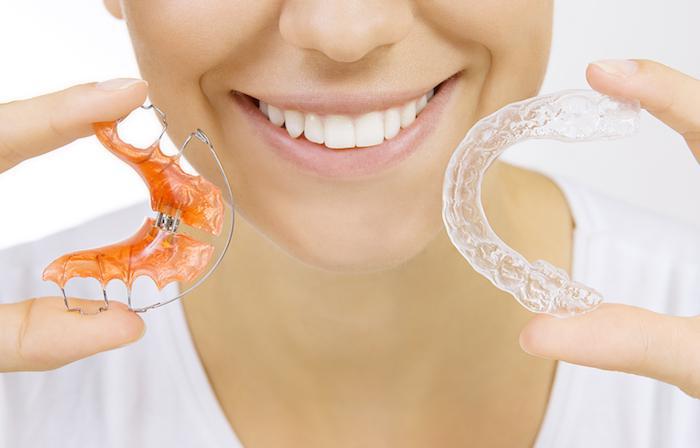Whether you achieve your perfect smile with metal braces, Invisalign® clear aligners, or Damon Clear® self-ligating braces, you’ll likely have to wear a retainer to preserve your results for lifelong benefits.
While it may be disappointing to hear that you have to continue wearing an oral appliance after completing active orthodontic treatment, wearing a retainer is an important step in keeping your teeth in their correct positions.
In this blog, orthodontist Emanuel Mizrahi, DDS, of Forest Hills Orthodontic Associates in Forest Hills, New York, explains what retainers do, the types of retainers there are, and why you should make sure to wear yours.
How retainers work
After your braces or aligners are removed, the soft tissue and bone surrounding your teeth have to adjust to holding your teeth in their new positions. It takes time for new bone to grow around each tooth to hold it in place. During this transition, a retainer holds your teeth in their correct positions while the roots below your teeth adjust to their new permanent placement.
Dr. Mizrahi will determine your schedule for wearing a retainer based on your age and the amount of correction done to your teeth. A common recommendation involves wearing a retainer full-time, except for eating, for up to nine months after you stop wearing braces.
Between 9-12 months, most patients can limit their retainer wear to nighttime use. You may be able to eventually reduce your retainer use to several times a week, depending on the condition of your teeth.
Failing to wear your retainers as recommended could allow your teeth to slowly return to their original positions, at which point you would need a new course of active orthodontic treatment.
Types of retainers
Dr. Mizrahi provides three types of retainers. The type of retainer you receive will depend on several factors, such as your age, lifestyle, and goals.
Traditional removable retainers
A traditional removable retainer, called a Hawley retainer, is made of plastic and metal. An adjustable wire sits across the front teeth.
The wire is held in place by an acrylic arch that is customized to fit snugly over the roof of your mouth or behind your lower teeth. When wearing upper and lower removable retainers, your teeth touch naturally, which may be more comfortable.
Clear removable retainers
Clear removable retainers, also called molded retainers, are customized trays that fit around your upper and lower teeth, similar to the fit of clear aligners. Like clear aligners, this type of retainer is nearly invisible when it’s in place.
Fixed retainers
Fixed retainers involve the use of a thin wire that is cemented to the inside of your upper and/or lower teeth to hold them in place. The wire is typically bonded to the front four or five teeth of the arch. Fixed retainers, also called lingual wires, can stay in place indefinitely until they’re removed by your dentist or orthodontist.
Caring for retainers
It’s important to understand how to care for your retainers, because Ill-fitting or damaged retainers won’t deliver optimal results for teeth straightening. After your transition from active treatment to wearing retainers, you’ll continue to visit Dr. Mizrahi periodically to ensure your retainers fit appropriately and remain in good condition.
If you have removable retainers, Dr. Mizrahi will give you instructions to keep them clean and free of food particles and bacteria. And it will be critical to avoid misplacing your removable retainers when you take them out to eat, which is a common reason many people need replacement retainers.
If you have a fixed retainer, Dr. Mizrahi will give you instructions on using floss to prevent plaque buildup behind the wire.
Don’t waste the time and money spent on achieving your stunning smile by ignoring your retainers. To learn more, schedule an appointment over the phone with Forest Hills Orthodontic Associates today.



